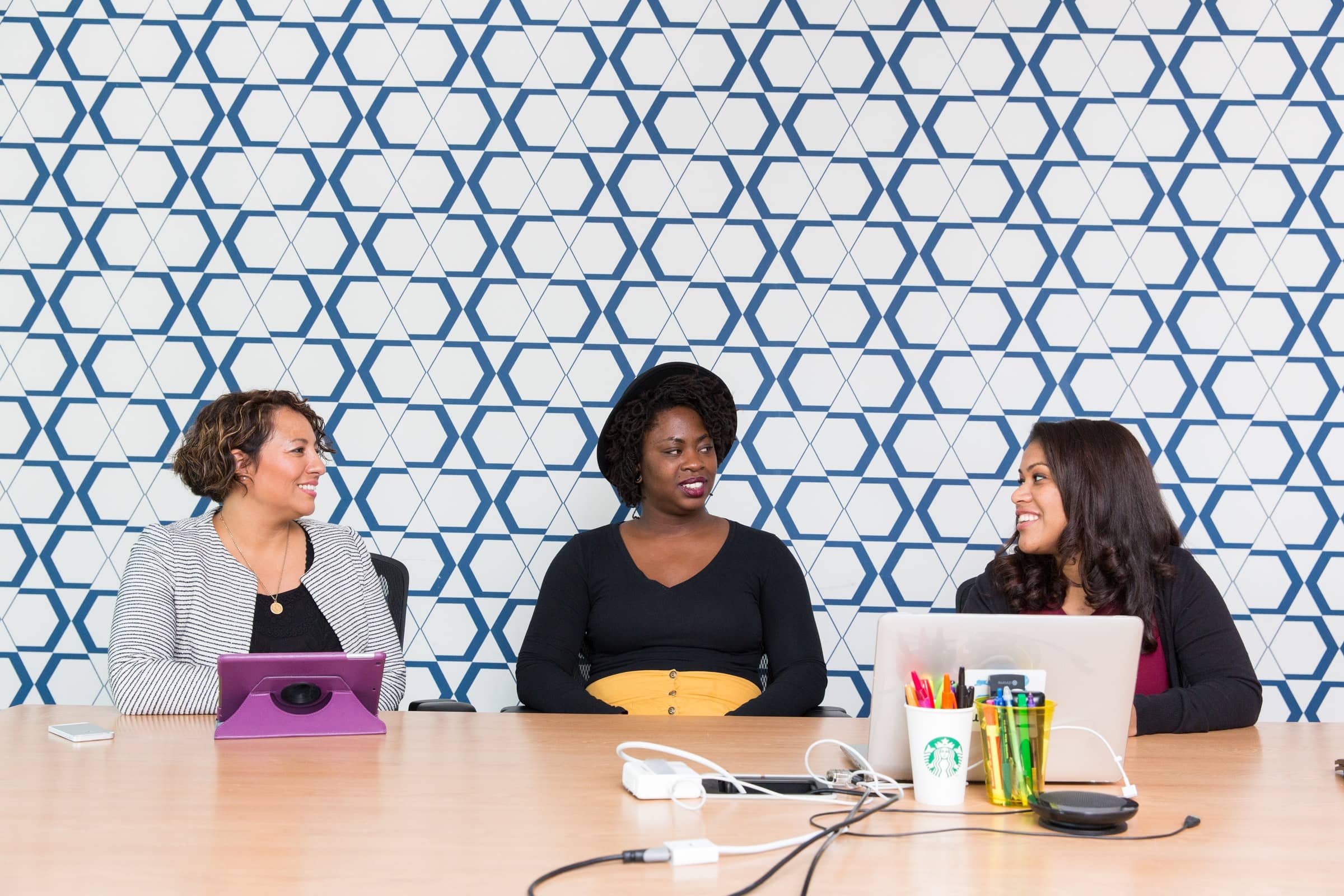DEI has become a central concern for companies wishing to create a positive employee experience. And also for individuals seeking to develop their careers in fairer workplaces! But first things first, what is DEI?
DEI stands for diversity, equity and inclusion. Today it is a reality that the importance of cultivating these three aspects in the workplace is growing unstoppably. You may be wondering, why is there this growing interest in DEI? The answer lies in social movements.
Social movements such as #BlackLivesMatter and #MeToo have caused reflection on certain issues arising in society that can be transferred to the workplace. This has led to employees exposing discriminatory experiences and companies aiming to end them and improve their business practices.
What was once considered a “nice-to-have” has become a fundamental part of People and Culture practices. According to Gartner’s research, “88% of organizations consider workforce diversity a top priority, and 85% said the same about inclusion”.
Companies around the world are putting all their efforts into implementing a DEI strategy that will help them improve the employee experience.

What is Diversity?
Diversity is the presence in the same work environment of people with social, physical and/or psychological differences.
How do we know if we are a company that supports diversity? A company that embraces diversity intentionally employs people with diverse attributes. These can be age, gender, sexual orientation, religion, ethnicity, etc. These companies also work on implementing diversity initiatives to adapt their facilities and processes to their diverse employees. In a diverse workplace, differences between people do not block them from cooperating and working towards the same goals.
What is Equity?
Equity means ensuring that everyone is treated equally and has access to the same opportunities.
Do you aim to remove barriers or unfair stereotypes that may unintentionally exclude underrepresented employees? In that case, you’re a company that fosters equity. Such companies provide their employees with equal access to the resources needed to grow and develop as professionals.
What is Inclusion?
Inclusion refers to how people with different characteristics feel part of the larger group.
Do you have a diverse workplace? You’re halfway there. However, you can have a diverse group of people in your company but not ensure that everyone feels welcome, supported and accepted. Inclusive workplaces foster an environment where people feel part of the team. They do it regardless of their differences, and foster their participation in decision-making processes on an equal basis.
What are the differences between Diversity, Equity and Inclusion?
Companies often forget that these three principles are mutually reinforcing. Diversity came first, recognising that people with diverse attributes are not a barrier to working in the same environment. Then followed equity, highlighting that everyone should have the same opportunities. And inclusion, ensuring that all employees are involved in company matters.
While diversity, equity and inclusion are intrinsically related, they are also distinct concepts. What is at the core of each?
- True diversity requires a deeper understanding of each individual. Diversity is about creating a workforce with a wide variety of backgrounds and experiences.
- True inclusion requires ensuring that every worker has the opportunities they need to thrive and succeed. Inclusion is about not making anyone feel left out.
- True equity requires taking individual needs into account. Equity is about adjusting structures and processes to account for the disadvantages of minority groups.

The motivation behind implementing DEI in the workplace
We already told you about it at the beginning of this article, but give it a try, Google “DEI”. Doing so you will see how interest in DEI has been growing in the last few years. More and more organizations are looking for ways to transform their workplaces into more diverse, inclusive and equal spaces for their employees.
Companies’ reasons for implementing DEI in the workplace can vary:
- Some relate it to corporate social responsibility.
- Others talk about it as a way to attract new customers or retain their talent.
- Others need to comply with legislative regulations, etc.
But the reality is that the best motivation to create a more diverse, inclusive and equal workplace is:
- Increase employee engagement.
- Improve employee well-being.
- Work on employee experience.
- Boost employee motivation to increase productivity.

How to get started with DEI
Whether your motivation to implement DEI in your workplace is one or another, let me tell you something: when it comes to cultural transformation, there are no magic formulas that work for everyone!
There aren’t magic formulas but a good starting point is measurement. Measure employee satisfaction early in the process and then over time to have enough tools and data to make well-informed decisions. This will also help with implementing those initiatives most in line with what your people need.
Each organization follows its own path, has its own resources and takes its own time.
Even if you haven’t started to implement DEI or you’re advanced in the process, we advise you to take a look at The Step-by-Step Guide to DEI.
This guide will inspire your path. It will help you put your strategy into action and show you how to measure DEI the right way. You will also find +25 ideas and initiatives to cultivate DEI. And practical adivice to help you avoid the most typical and random mistakes that wear out People and Culture teams!









